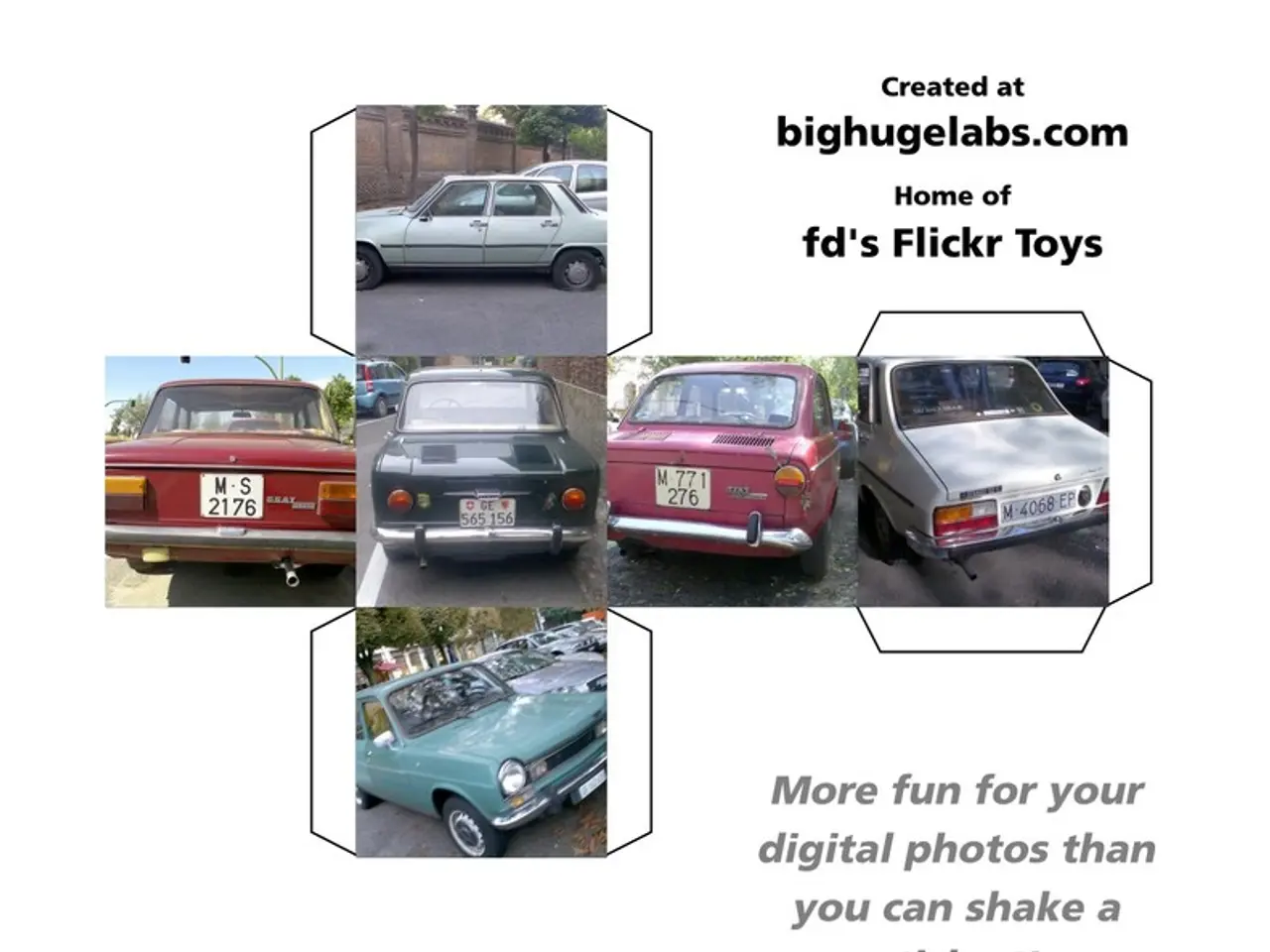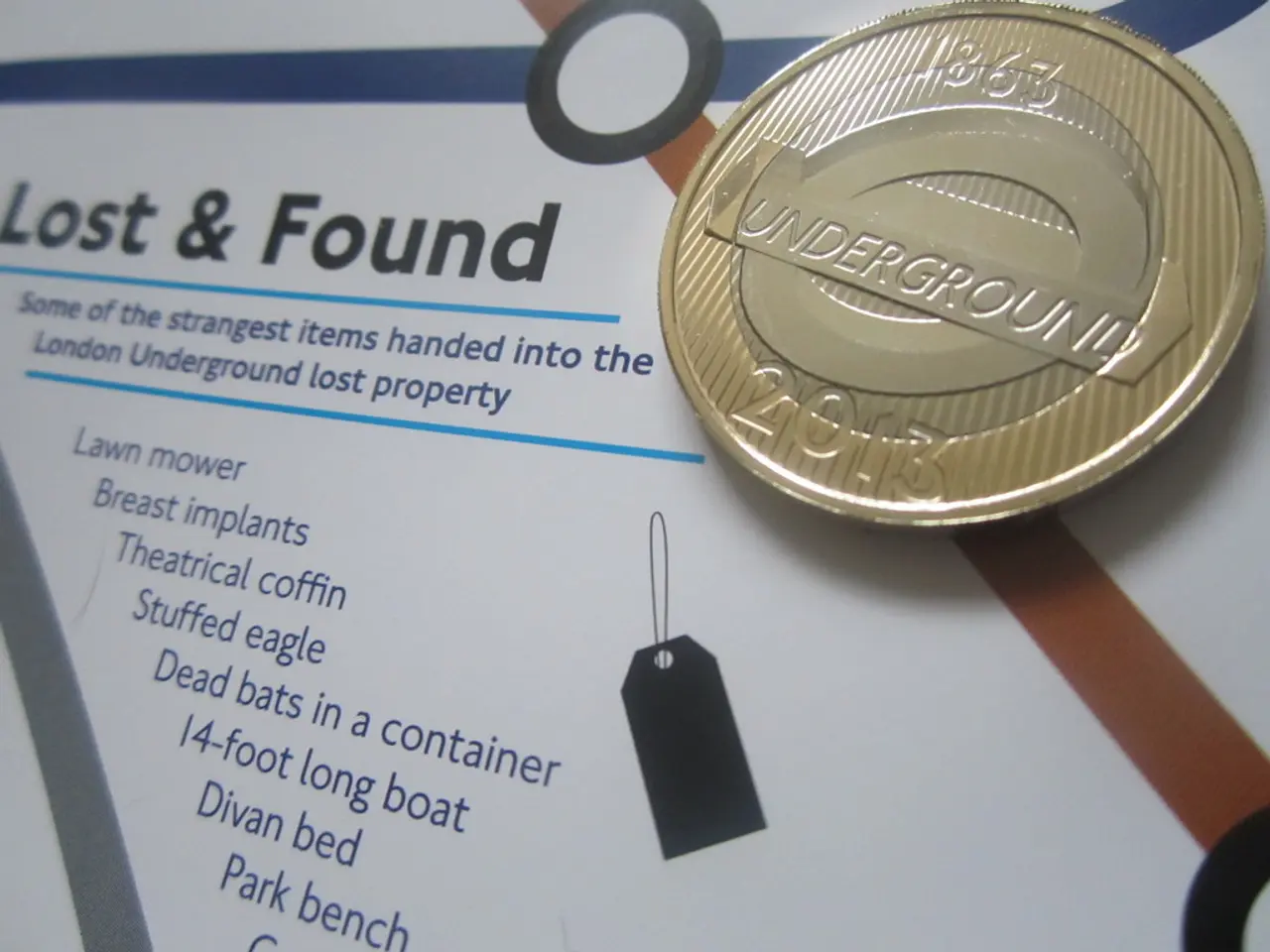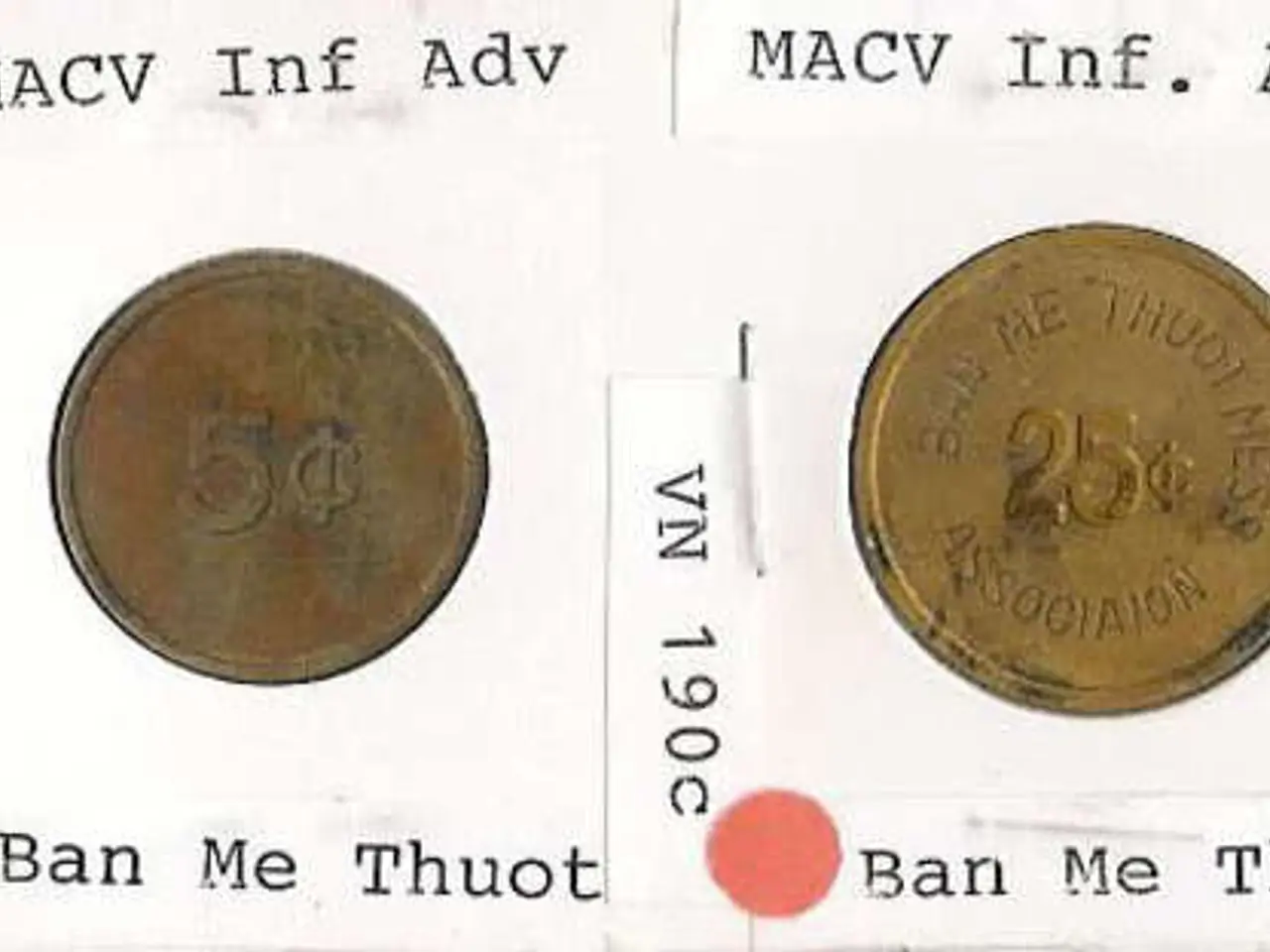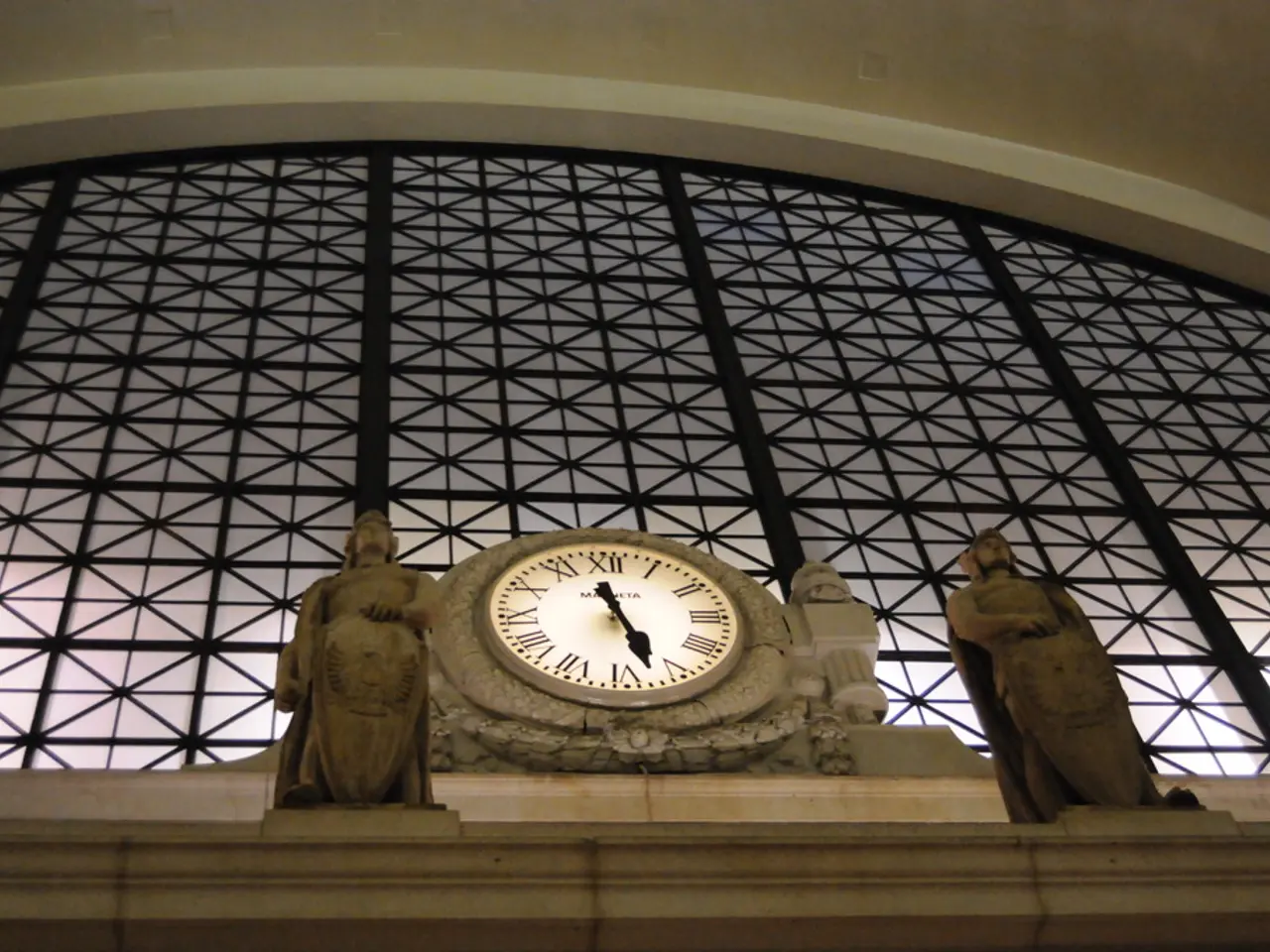Rivian's electric vehicle charging network will be made universally compatible with other automotive brands' electric vehicles.
Rivian, the American electric vehicle (EV) manufacturer, has announced plans to make its Adventure Network public charging stations compatible with other EVs by the end of 2024. This move aims to increase the network's accessibility and accommodate a broader range of EV brands.
The company is set to receive funding from the US National Electric Vehicle Infrastructure (NEVI) program to expand the Rivian Adventure Network (RAN). This funding will help Rivian in its mission to grow the network, with plans to increase the number of chargers to 3,500 at around 600 sites.
In 2025, Rivian will transition its Adventure Network public charging stations from CCS1 to North American Charging Standard (NACS) cabinets. The network currently uses CCS-only chargers but will expand compatibility, supporting CCS and NACS. This transition aligns with Rivian’s strategic move to standardize on NACS ports for future vehicles while maintaining backward compatibility.
Starting in 2025, new Rivian vehicles (R1T and R1S) will include native NACS ports. Rivian also provides NACS-to-CCS adapters for existing vehicles to ensure cross-compatibility with the broader charging ecosystem, including Tesla Superchargers and other CCS infrastructure.
As of 2023, the Rivian Adventure Network (RAN) consists of 400 DC fast chargers at 67 locations. The network has already seen growth, with Rivian aiming to increase this number to 3,500 chargers at around 600 sites.
Rivian's financials for 2023 show a revenue of $4.4 billion, but a net loss of $5.4 billion. Despite this, the company remains optimistic about its future success, with plans to boost sales with the debut of R2 in 2026.
The new Rivian charger comes in 400- and 800-volt packs, supporting CCS and NACS through an adapter before it becomes native. The design also includes a larger display and a tap-to-pay terminal for a more user-friendly experience.
It's worth noting that the Tesla Supercharger network already provides access to other EV brands, including Rivian. As of February, there are 2,243 Tesla Supercharger stations in the US, including 25,156 Supercharger ports.
Rivian's efforts to adapt the North American Charging Standard (NACS) by 2025 are part of a larger trend towards standardization in the EV industry. This move is expected to make charging more convenient for EV drivers, regardless of the brand of their vehicle.
In conclusion, Rivian's expansion of the Rivian Adventure Network and transition to the North American Charging Standard are significant steps towards making EV charging more accessible and convenient for all. The company's ongoing efforts to improve its charging infrastructure and increase its vehicle production are indicative of its commitment to the EV market and its vision for a sustainable future.
[1] Rivian. (2023). Rivian's Adventure Network Expansion and NACS Adoption. Retrieved from [https://www.rivian.com/news/adventure-network-expansion-and-nacs-adoption]
[2] Electrek. (2023). Rivian to expand Adventure Network with NACS chargers and aim for 600+ locations. Retrieved from [https://electrek.co/2023/04/18/rivian-to-expand-adventure-network-with-nacs-chargers-and-aim-for-600-locations/]
The transition to the North American Charging Standard (NACS) by Rivian in 2025 and the expansion of the Rivian Adventure Network will significantly enhance the charging infrastructure for electric vehicles (EVs), making it more compatible with various brands. Furthermore, the growing number of EV lifestyles and the widespread use of electric-vehicles, such as Rivian's R1T and R1S, will be facilitated by the increased accessibility of these public charging stations.




